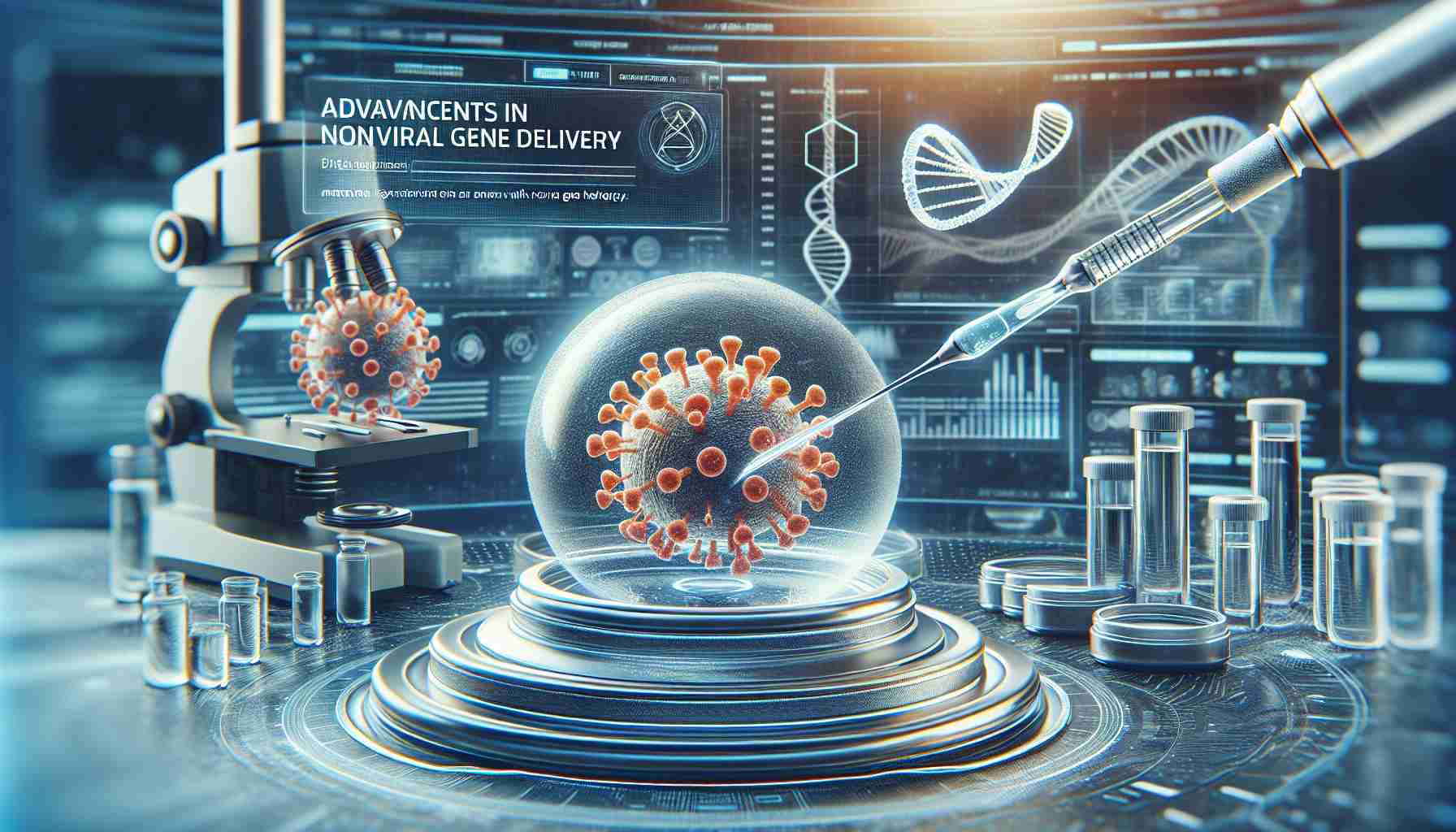Jason F. Cole Spearheads Innovative Genetic Medicine at SalioGen Therapeutics
With a decade of experience at Bluebird, Jason F. Cole played a fundamental role in bringing the first wave of gene therapies to fruition using lentivirus in an external capacity. His tenure culminated in the successful authorization of three revolutionary treatments.
Innovation Beyond Viral Vectors
Venturing beyond Bluebird, Cole sought companies at the forefront of genetic medicine, which led him to SalioGen Therapeutics. Cole was drawn to SalioGen’s distinct approach to genetic delivery, emphasizing nonviral and in vivo methodologies. The company’s unique technology enables large gene transfers into precise genome locations with enhanced safety, offering hope in areas where previous treatments have been unsuccessful.
Narrowing Focus for Impact
Upon his arrival as CEO and chairman, Cole promptly streamlined SalioGen’s focus to target inherited retinal diseases. This decisive move aimed to leverage their technology’s strengths in a market that would be unaddressed without their intervention.
SalioGen Unveils their Nonviral In Vivo Gene Insertion Technology
At the upcoming ASGCT 2024 conference, SalioGen is poised to present their pioneering gene insertion technology that uses a bioengineered mammalian transposase, Saliogase. This enzyme catalyzes the integration of substantial genetic payloads into the genome with high precision. Preclinical data promises a potential one-time solution for Stargardt disease, showcasing the technology’s capability and safety.
An Enzyme with Precision
Saliogase is distinguished by its ability to accurately target genome sequences and integrate large DNA sequences benignly. Cole points out the infrequent occurrence of insertions disrupting critical gene functions, emphasizing the improbability of adverse genomic interactions.
The Race to Regulatory Adoption
SalioGen anticipates less resistance from regulatory agencies like the FDA, believing that their comprehensive data will demonstrate the technology’s safety and circumvent the roadblocks faced by earlier gene therapies.
At the ASGCT meeting, the company will also exhibit the wide-ranging potential of their gene coding technology, which can add DNA constructs up to 100 kilobases without leaving detectable alterations to the host genome. This level of precision and fidelity in gene insertion signifies a monumental leap in genetic medicine.
Key Questions and Answers:
Q: What are nonviral gene delivery systems in the context of gene therapy?
A: Nonviral gene delivery systems are methods used to transport genetic material into cells without using viruses as carriers. These systems can include physical methods like electroporation, chemical methods like liposomes, or biological techniques involving transposases like the Saliogase enzyme developed by SalioGen Therapeutics.
Q: Why is there a move towards nonviral gene delivery in gene therapy?
A: The shift towards nonviral gene delivery is largely due to concerns associated with viral vectors, such as immunogenicity, potential insertional mutagenesis, and limitations on the size of genetic payloads that can be delivered. Nonviral methods aim to address these challenges by offering safer and potentially more versatile options for gene delivery.
Q: What are the challenges associated with nonviral gene delivery methods?
A: Nonviral methods face their own set of challenges, such as lower efficiency of gene transfer compared to viral vectors, difficulties in achieving targeted and stable gene expression, and potential for off-target effects, although the latter might be less of an issue with highly-specific enzymes like Saliogase.
Key Challenges and Controversies:
One key challenge in nonviral gene delivery is developing methods that combine high levels of efficiency, precision, and safety. While technologies like the one developed by SalioGen show promise, much work remains in optimizing these systems for clinical use.
There is also ongoing debate about the long-term expression and stability of genes introduced via nonviral methods, as well as the potential unintended consequences of integrating large DNA sequences into the genome, even when using highly specific enzymes.
Advantages and Disadvantages:
Advantages of nonviral gene delivery include an enhanced safety profile due to reduced immunogenicity, the ability to carry larger genetic payloads, and avoiding risks associated with viral vectors such as insertional mutagenesis. Additionally, nonviral methods can potentially be less costly and simpler to manufacture.
Disadvantages include lower efficiency of gene transfer and potential challenges in achieving sustained expression. The precision of integration and regulation of gene expression can also be complex to control effectively.
Suggested Related Link:
American Society of Gene & Cell Therapy – This link leads to the main page of the ASGCT, which is directly relevant as the platform where SalioGen is set to present their technology. The ASGCT provides a comprehensive source of information on gene and cell therapy advancements, including nonviral delivery methods.
The source of the article is from the blog cheap-sound.com
